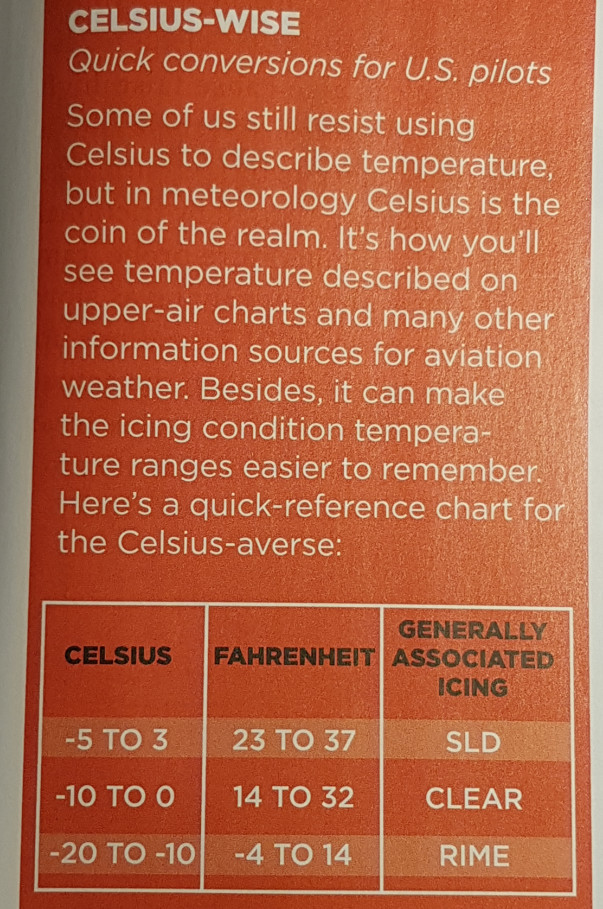achimha wrote:
Heck, I occasionally wake up in the night after dreaming that I’m in an evil icing cloud…
Do, any of you, have ever had such dreams ?
@Pilot DAR wrote:
The type I most prefer to encounter ice in is the Piper Aztec. It will carry some ice. A C172/182 will carry ice,
Regarding all what has been said above, what do you call “carry some ice” for a 182 ? What kind of experience, or reports, would you like to share with us ?
Besides, as you’ve been across many aircraft types, do you have some material to share about air induction icing ?
@C210_Flyer wrote:
Something which I learned from experience flying a TKS equipped C210
DO you consider TKS effective on your 210 ?
Have ever faced air induction icing while flying all year round, in Central Europe, or even, before, in the states ?
Do you dream about icing ? 
PetitCessnaVoyageur wrote:
Do, any of you, have ever had such dreams ?
No. My mother loved me. 
PetitCessnaVoyageur wrote:
The type I most prefer to encounter ice in is the Piper Aztec.
I suspect many “modern” types do not carry ice “well”. There is something to be said for an aircraft that is going to be used in all weathers being that little extra resilient when the boots dont do the whole job. There has been comments before but I was astonished at the rate ice builds on a 42. I suspect it doesnt carry it well either.
After years of flying in FIKI (flight into known icing) piston aircraft you become converted to the benefits of turbine equipment. The main advantage of these being at FL240 and above icing encounters are rare outside of convective weather – but then your turbine is weather radar equipped so you would avoid these.
People find the icing checks on the IR somewhat obsessive – but as some of the war stories reported in this thread, piston FIKI equipment is there to get you to exit the icing layer as soon as practicable.
While the Piper Super Cub profile of the Aztec wing carries a lot of ice, Aztecs have suffered icing related accidents, the stabilator stalling on approach, for example.
I have also been taken aback by ice on the DA42. I got about 1.5cm on the leading edges in as many minutes. Apart from a little speed loss, there were no obvious adverse aerodynamic effects, but I was very conscious that I had no idea how such a carefully balanced system might be knocked of out kilter, and I had no desire to be a test pilot, so descended as soon as I reasonably could.
I agree about the Aztec. I have about 2,000 hours on Aztec and have flown them in every conceivable condition, and they have never given me cause for concern. A truly great aircraft, in my opinion.
I crossed with Robert.
It has recently been shown that tailplane stalls are virtually impossible with half flap, so if you are carrying ice on landing, the answer is to land on half flap and extra speed.
Unfortunately, this wasn’t known in earlier days.
This appeared in the last US AOPA magazine

Are those ice type categories really that clear cut?
Especially SLD?
I realise that freezing rain is most likely just below zero but that is a rare case.
A couple of icing-related but different items:
I heard recently that if you cycle rubber boots at low temps e.g. -40C you will destroy them. Is that correct?
Some years ago I got about 3mm of clear ice on the upper surface of the wings but the leading edge was clear. What is the mechanism for that? I had seen this only on that one occassion, around FL070 and -7C to -10C.
Shouldn’t be the case, FL280 is approximately where ISA is -40oC, so the turbine equipment with boots would be regularly shredding its boots?